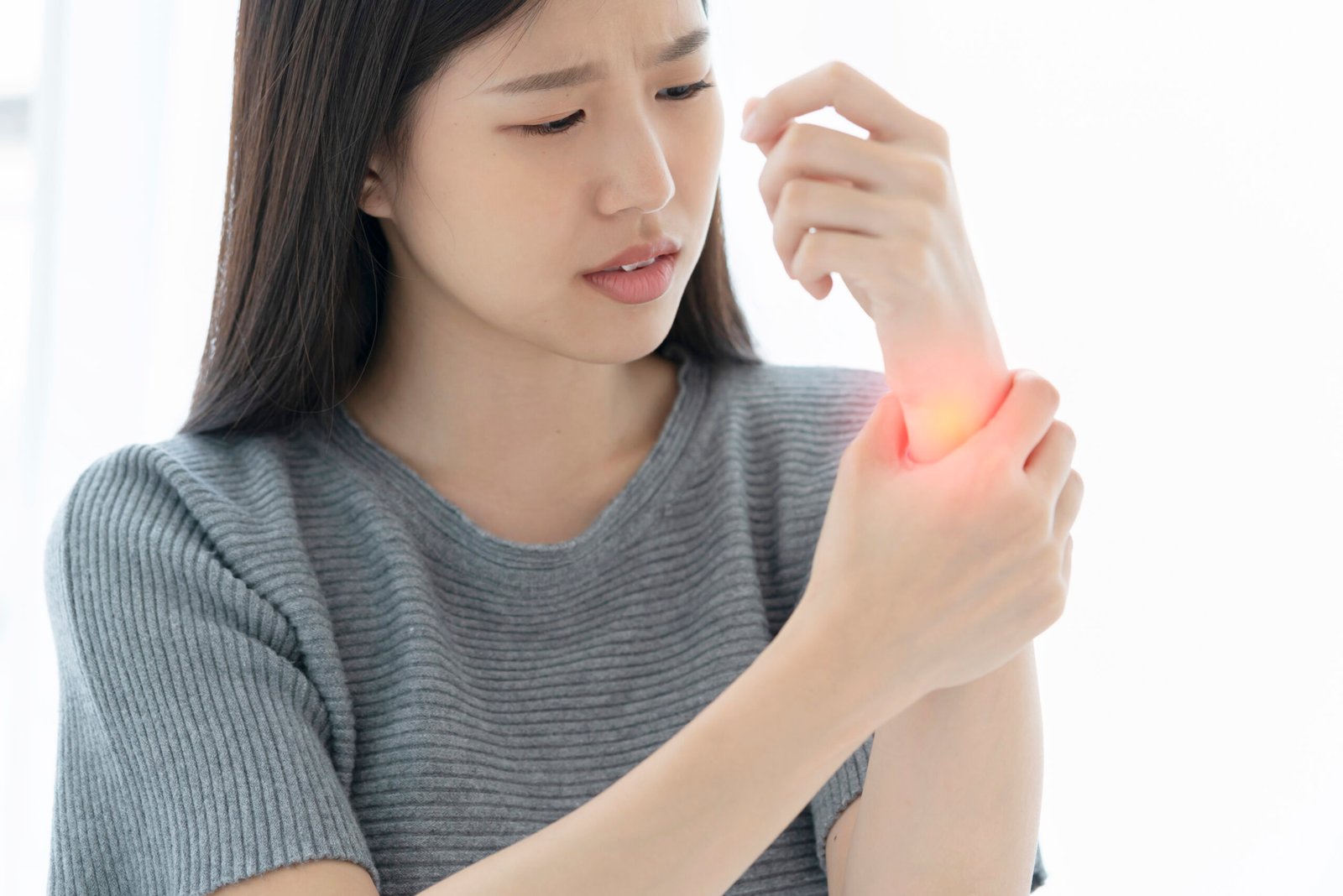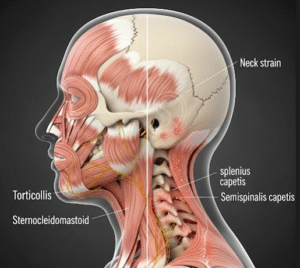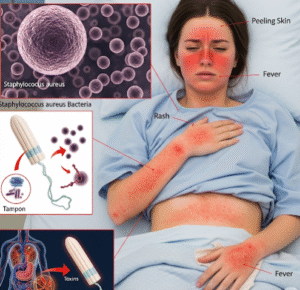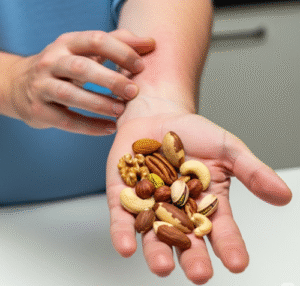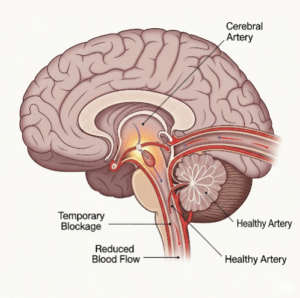Overview
Arthralgia refers to joint pain without the presence of inflammation. Unlike arthritis, which includes inflammation and sometimes swelling or redness, arthralgia is simply the sensation of discomfort or aching in one or more joints. It can result from a variety of causes, ranging from temporary issues like overuse or minor injuries to more chronic conditions such as autoimmune disorders or viral infections.
What is Arthralgia?
Arthralgia is a medical term used to describe pain in the joints. It is a symptom rather than a disease itself and may be associated with various underlying conditions. People with arthralgia often experience discomfort that may be mild or severe, intermittent or constant. The pain can occur in a single joint (monoarthralgia) or multiple joints (polyarthralgia).
Symptoms
- Joint pain (dull, sharp, or throbbing)
- Stiffness in the affected joints
- Decreased range of motion
- Pain that worsens with movement or after rest
- No visible signs of inflammation (if it’s true arthralgia)
Causes
- Injury or overuse: Sprains, strains, repetitive motion
- Viral infections: Dengue, influenza, COVID-19
- Autoimmune diseases: Lupus, Sjögren’s syndrome, rheumatoid arthritis (in early stages)
- Fibromyalgia: Widespread musculoskeletal pain
- Medication side effects: Statins, aromatase inhibitors
- Metabolic disorders: Gout, hypothyroidism
- Aging: Degenerative joint changes
- Psychosomatic factors: Stress, depression, anxiety
Risk Factors
- Older age
- Sedentary lifestyle or excessive physical activity
- Previous joint injury or trauma
- Chronic viral or autoimmune illness
- Use of certain medications
- Obesity
- Genetic predisposition to joint problems
Complications
If the underlying cause is not treated, arthralgia can lead to:
- Chronic joint pain and stiffness
- Reduced mobility and physical activity
- Impaired quality of life
- Development into arthritis (in some autoimmune or degenerative conditions)
- Sleep disturbances due to persistent pain
Prevention
- Regular, low-impact exercise to maintain joint flexibility
- Proper posture and ergonomic practices
- Weight management to reduce joint stress
- Avoiding repetitive joint stress or overuse
- Prompt treatment of viral infections and injuries
- Monitoring medication side effects
- Staying hydrated and maintaining a balanced diet rich in omega-3s and antioxidants
Treatment Options in Korea
South Korea offers world-class diagnosis and treatment for joint-related disorders, including advanced pain management and rheumatology care for arthralgia.
1. Diagnosis
- Physical Examination: Assessment of pain, movement, and joint condition
- Blood Tests: To rule out infection or autoimmune diseases
- X-rays and MRI: Detect structural issues or hidden causes
- Joint fluid analysis: In cases with swelling or suspected infection/gout
- Thorough medical history: To trace the root cause
2. Medical Management
- Analgesics (painkillers): Acetaminophen or NSAIDs (e.g., ibuprofen)
- Muscle relaxants: If joint pain is associated with muscle tension
- Antiviral medications: If caused by viral infection
- Low-dose corticosteroids: In specific autoimmune or severe cases
3. Physical Therapy
- Customized physiotherapy to improve joint function
- Gentle exercises to enhance range of motion and relieve stiffness
- Hot/cold therapy, ultrasound, and electrical stimulation
4. Lifestyle & Nutritional Support
- Korean integrative clinics offer nutritional counseling for joint health
- Herbal medicine and acupuncture (under traditional Korean medicine)
- Omega-3 and vitamin D supplements
5. Minimally Invasive Procedures
- Joint injections (e.g., corticosteroids or hyaluronic acid)
- Platelet-rich plasma (PRP) therapy available in advanced Korean pain clinics

